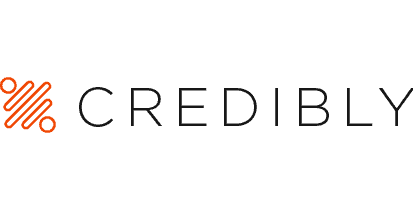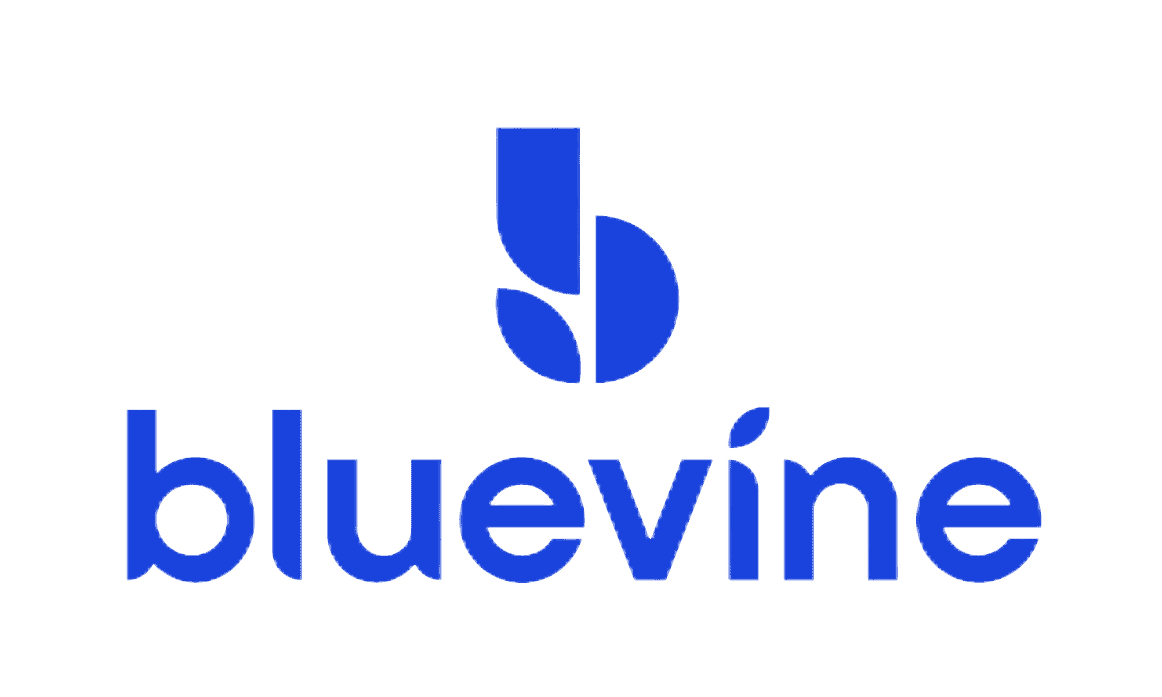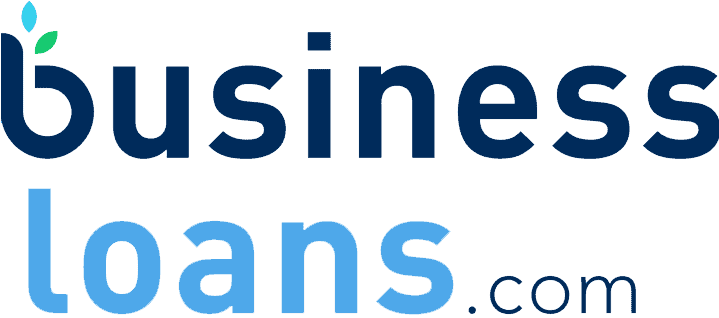
Level Up Your Business Today
Join the thousands of people like you already growing their businesses and knowledge with our team of experts. We deliver timely updates, interesting insights, and exclusive promos to your inbox.
Join For Free💳 Save money on credit card processing with one of our top 5 picks for 2025
The Paycheck Protection Program was a loan program established by the CARES Act for businesses affected by the Covid pandemic. The program is now closed.

The SBA stopped funding all PPP loans in May 2021. Existing borrowers may still be able to apply for loan forgiveness using the SBA's PPP direct forgiveness portal.
On December 27, 2020, a $900 billion COVID-19 relief package was signed into law as part of the larger omnibus bill funding the federal government. This bill included $284 billion in new funding for the Paycheck Protection Program (PPP), the federal loan program established in March 2020 as part of the initial COVID-19 relief package known as the CARES Act.
While this second relief package added the funding necessary to restart the PPP loan program, it also adjusted the rules for eligibility and for how loan proceeds must be used in order to qualify for PPP loan forgiveness. In this article, we’re going to explain the updated eligibility and usage requirements for Paycheck Protection Program loans.
Table of Contents
Let’s examine the eligibility requirements a business must meet in order to qualify for a PPP loan.
To qualify for a first-time PPP loan, your business must have 500 or fewer employees. As you’ll see below, the rules are different if this is your second time receiving a PPP loan.
If you applied for and received a PPP loan during the first round of funding that ended last August, you are still eligible to receive another PPP loan this time around. However, there are caveats to this.
To qualify for a second PPP loan, you must have used all the funds you received from your first PPP loan. However, you are still eligible to receive a second PPP loan if your first loan has not yet been forgiven or paid off.
Additionally, your business must have 300 or fewer employees to qualify for a second PPP loan — a more stringent limit than that which allies to first-time PPP borrowers. However, certain food services businesses with more than 300 employees and multiple locations may still be eligible for a second PPP loan if each location employs 300 or fewer employees.
Another requirement for those taking out a second PPP loan: you must be able to show that your business has experienced a 25% decline in gross revenue in any 2020 quarter compared with the same quarter in 2019.
Furthermore, publicly-traded companies are not eligible to take out a second PPP loan.
Just as with the first round of funding, there are no credit score requirements you must meet in order to qualify for a PPP loan. Now, it turns out that some PPP lenders did take into account an applicant’s credit profile for the first round of PPP loans, so depending on the PPP lender to which you apply, your credit score may unfortunately still be taken into account when your application is assessed. However, this isn’t the case with all PPP lenders, and the fact remains that there are no formal credit score requirements in the PPP program, so even if you have bad credit, I’d encourage you to apply for a PPP loan if you meet the other eligibility requirements.
To qualify for a PPP loan, your business must have been in operation prior to February 15, 2020.
The maximum amount of your PPP loan is 2.5 times your average monthly payroll costs in the fiscal or calendar year prior to the time of your loan application, up to a cap of $2 million (down from $10 million in the previous funding round). However, for hotels and restaurants, the rules are slightly different — your maximum PPP loan amount is 3.5 times your average monthly payroll costs, though your maximum limit is still $2 million.
One new requirement for PPP eligibility is that a business must not have significant operations in the People’s Republic Of China (including Hong Kong) to be eligible for a PPP loan. It is currently unclear exactly how significant these ties must be before a business is disqualified from PPP relief.
What’s more, the new PPP funding bill repeals the previous requirement that PPP borrowers deduct the amount of any SBA EIDL loan advance from their PPP forgiveness amount.
Unlike other loans, you can already have an existing line of credit open and still qualify for the PPP loans, and you can already have other types of SBA loans and still qualify.
The last day you can apply for a PPP loan is May 31st, 2021.
We’ve touched on this subject, but let’s review the most significant differences between the first and second-draw PPP loans. While you could borrow a maximum of $10 million (depending on your payroll) for the first draw, the limit was lowered to $2 million for the second draw.
Likewise, for a second draw, your business must have experienced a 25% decline in gross revenue in any quarter of 2020 compared with the same quarter in 2019. This requirement did not exist for the first draw (though you did have to demonstrate that COVID-19 was hurting your business). Likewise with the new requirement that your business does not have significant operations in China (including Hong Kong).
Also, the loan forgiveness process has been greatly simplified this time around for those borrowing $150,000 or less. We’ll discuss PPP loan forgiveness in a moment.
Second-draw PPP loans have a $2 million ceiling (note that first-draw PPP loans still have a $10 million dollar ceiling). Businesses will qualify for an amount 2.5 times the average from the last 12 months of payroll. For example, if the average monthly payroll is $30,000, that small business will qualify for $75,000 in Paycheck Protection loans. These loans are capped at a 1% interest rate for the life of the loan and have a five-year loan term. (Side note: If your business hasn’t been operational for a full year, the government provides alternative ways to measure average payroll.)
One exception to this: hotels and restaurants will qualify for 3.5 times the amount of their last 12 months of payroll, though their maximum loan amount is still $2 million.
PPP loans are designed to cover payroll costs, including salary, wages, retirement contributions, vacation/sick leave/family leave, and group health premiums. There are also provisions to cover rent, mortgage interest, utilities, or other interest on debts.
Forgivable expenditures have been expended to include necessary software and supplier costs, COVID-related worker protection measures such as PPE and plexiglass barriers, and property damage related to riots and civil unrest.
Be aware that in order to be eligible for full loan forgiveness, you must spend at least 60% of your funds on payroll over a period of either eight or 24 weeks (your choice). Businesses must cover and guarantee payroll first for a minimum of eight weeks, after which the remaining money can be spent on the other expenses I mentioned. Forgivable expenditures have been expended to include necessary software and supplier costs, COVID-related worker protection measures such as PPE and plexiglass barriers, and property damage related to riots and civil unrest.
These loans are also extended to independent contractors, gig economy workers, sole proprietors, and tribal businesses. They cover an employee’s salary up to $100,000. This means that if an employee makes over $100,000, they can receive payment up to that amount; any overages are not covered under PPP loans.
It’s essential to understand that the loan will only be forgiven if the borrower follows the guidelines outlined in the CARES Act. The Paycheck Protection Flexibility Act passed in June updated some of the original guidelines. One of those stipulations is that your company maintains the same number of employees during the covered period as it did during the previous year. In basic terms: You cannot qualify for loan forgiveness if you lay off your employees.
Local lenders will be providing these loans, so check with your lending institution to make an appointment when PPP lending officially begins again.
At the moment, there are over 1,800 banks and lenders preapproved with the SBA to help meet the need and respond to the latest rush of applications. And yes, there will be a rush, so get all your information ready now and be prepared to apply when applications start getting accepted again. Experts say it’s best to go through an FDIC-insured bank (other lenders might be brokering for a fee — best to go right to the source), and anecdotally, small banks and credit unions have had better success.
Here are three lending vendors offering Paycheck Protection loans:
|
Lendio 
|
|---|
Lendio is also a loan matchmaker and will work on your behalf to aggregate loan options. Links to apply for PPP loans will available on Lendio’s site. Lendio makes it easy to apply and compare options, and it advertises funding within 24 hours. Due to the terms of the CARES Act, there are no fees for the borrower.
|
Credibly 
|
|---|
Credibly has funded small businesses with over $1 billion and is equipped will be ready to assist with PPP loan applications. Customer service is efficient and will be able to walk first-time borrowers through the process with efficiency.
|
Bluevine 
|
|---|
Bluevine is an online lending service dedicated to helping small business owners conquer their borrowing struggles. As with the first funding round, Bluevine will be assisting with PPP loans and working diligently with businesses to submit paperwork to the SBA and secure funds. With a big pivot, Bluevine is making PPP loans a priority and is a valuable option. Lending information is available on the front page of Bluevine’s website.
|
Fundera by NerdWallet 
|
|---|
Fundera is a popular matchmaking service that pairs applicants and lenders from its pool of partners. If you apply for the PPP through Fundera, the same principle applies: Fundera will shop your application amongst its network of SBA-approved lenders. Considering some of the bottlenecks applicants have run into with traditional lenders, this may not be a bad option for businesses that want to maximize their chances of getting their application through the rush.
As mentioned in the notice at the top of this article, the PPP ended in May 2021.
This means the SBA stopped funding all and any PPP loans, and no more PPP funding is coming down the pike.
However, you can still get a great loan from an SBA-approved lender. Still interested in other types of SBA loans, post-PPP? You can apply to one of the best SBA lenders to snag a low-priced SBA loan even though the PPP program has ended.
Get in touch with a real human being on the Merchant Maverick team! Send us your questions, comments, reviews, or other feedback. We read every message and will respond if you'd like us to.
Reach OutGet in touch with a real human being on the Merchant Maverick team! Send us your questions, comments, reviews, or other feedback. We read every message and will respond if you'd like us to.
Reach Out
Let us know how well the content on this page solved your problem today. All feedback, positive or negative, helps us to improve the way we help small businesses.
Give Feedback
Want to help shape the future of the Merchant Maverick website? Join our testing and survey community!
By providing feedback on how we can improve, you can earn gift cards and get early access to new features.
 Our expert reviewers found BusinessLoans.com to have a quick and easy application process alongside excellent support and guidance for borrowers.
Start A Quick Application
Our expert reviewers found BusinessLoans.com to have a quick and easy application process alongside excellent support and guidance for borrowers.
Start A Quick Application
Help us to improve by providing some feedback on your experience today.
The vendors that appear on this list were chosen by subject matter experts on the basis of product quality, wide usage and availability, and positive reputation.
Merchant Maverick’s ratings are editorial in nature, and are not aggregated from user reviews. Each staff reviewer at Merchant Maverick is a subject matter expert with experience researching, testing, and evaluating small business software and services. The rating of this company or service is based on the author’s expert opinion and analysis of the product, and assessed and seconded by another subject matter expert on staff before publication. Merchant Maverick’s ratings are not influenced by affiliate partnerships.
Our unbiased reviews and content are supported in part by affiliate partnerships, and we adhere to strict guidelines to preserve editorial integrity. The editorial content on this page is not provided by any of the companies mentioned and has not been reviewed, approved or otherwise endorsed by any of these entities. Opinions expressed here are author’s alone.
 Our expert reviewers found BusinessLoans.com to have a quick and easy application process alongside excellent support and guidance for borrowers.
Start A Quick Application
Our expert reviewers found BusinessLoans.com to have a quick and easy application process alongside excellent support and guidance for borrowers.
Start A Quick Application
We Recommend Lendio 🏆
Lendio is one of our top picks for Business Financing!

Lendio is a free-to-use marketplace that allows you to compare lenders side-by-side.
Get started with no commitment today.